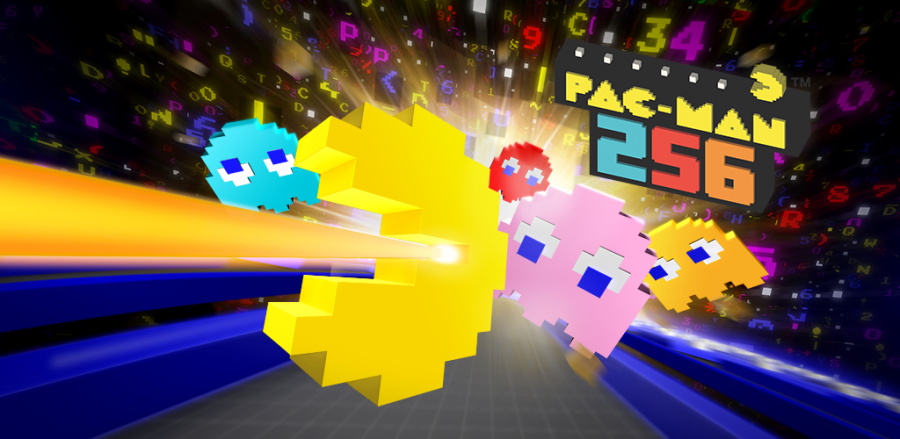Many students spend their time before class: studying, reading ahead or just browsing social media. Gaming before class, however, feels like a treat, as it’s a smaller format than a console game with a slightly different concept. The idea is to get you addicted through quicker simpler games, most lasting only a few minutes each round. Most of these games use what’s known as an energy meter to keep you from getting burnt out from too much playing and ensure you’ll come back when it’s full again.
With that in mind, mobile games have certainly swept the market. On the bus ride over to my classes, I’ll often pull my phone out and play a few games to pass the time. Three games have recently found their way onto my home screen, and they’ve become my personal downtime games to play before class, on the bus or just when I have a spare minute or two. These games are all free to play and available on iOS and Android devices, with minor micro-transactions to subvert some small elements of the gameplay, but these are not required for normal play.
The first of these games is “Pac-Man 256,” a collaborative effort between Namco, the company behind the Pac-Man franchise, and Hipster Whale, the people behind the immensely popular mobile game “Crossy Road.” “Pac-Man 256” takes its name from the infamous Level 256 glitch in the original Pac-Man game, where the arcade game ceased to load new levels due to an issue with the programming.
In this new game, you control Pac-Man as he endlessly tries to escape the ever-approaching glitch while also avoiding ghosts and picking up power-ups such as the tornado and freeze powers. The game uses a credit system to dole out these power-ups and includes micro-transactions to remove the cool-down timer on getting these credits back. However, it’s possible to play without the power-ups and stick to the basics for no cost at all.
The second game I’ve found myself completely addicted to is “Alphabear.” “Alphabear” is a letter-matching puzzle game, much like the board game Boggle, where you make words out of the provided letters. What sets “Alphabear” apart is its adorable cast of characters known as the “Alphabear.” These bears are unlocked as you progress through the game, and provide score boosts. For example, Easy Bear gives you an additional point bonus for using the letters E, A, S and Y.
The game uses an energy system to keep you from burning through the game’s missions, though this can be avoided by watching video ads, using in-game coins or spending $4.99 for Unlimited Play. Each bear also has what’s known, in-game, as Nap Time, in which the selected bear is unavailable for use until the cool-down timer has ticked down. This system forces the player to change up their strategy to get score boosts.
“1010!,” is a puzzle game that works very similarly to “Tetris.” Like “Tetris,” the goal of the game is to make lines and clear the board. However, “1010!” doesn’t have falling blocks or the cutesy Russian theme we’ve all come to know and love. Instead of blocks falling, you’re free to place blocks wherever you choose, but you have three shapes to work with at a time that cannot be rotated, forcing you to strategically plan your next move around the pieces that come next.
Lines can be cleared out both horizontally and vertically, allowing players a slightly greater chance to pull themselves out of a tough spot with the right piece. That being said, the game can be extremely challenging, often giving you pieces that may not jive with the current board set up you have.
Unfortunately, “1010!” is riddled with advertisements, both above the playing field and after you run out of moves. These can be disabled for $1.99, and it’s in your best interest to do so, as the video ads are often extremely loud and obtrusive. That being said, I highly recommend “1010!” if you’re a fan of puzzle games or want a fresh spin on a classic idea.









